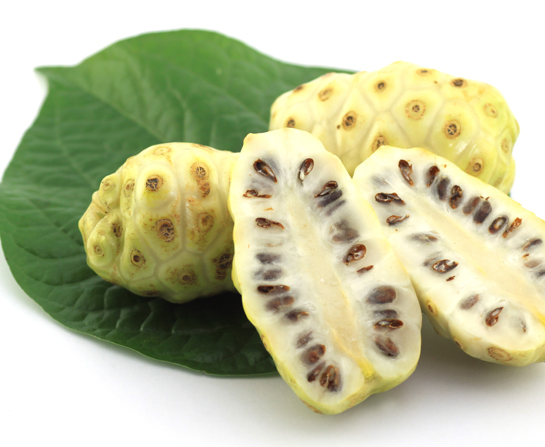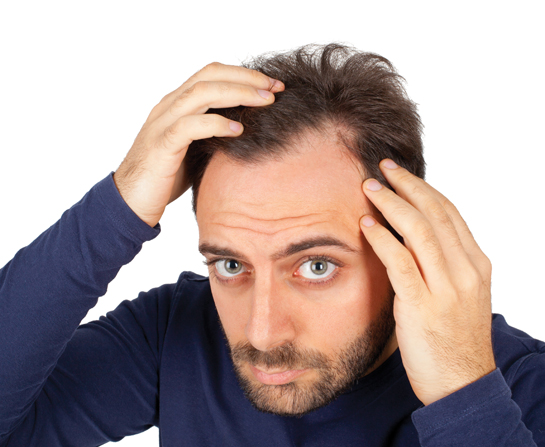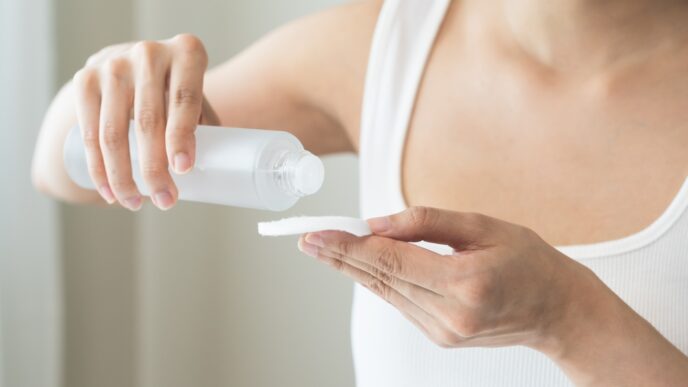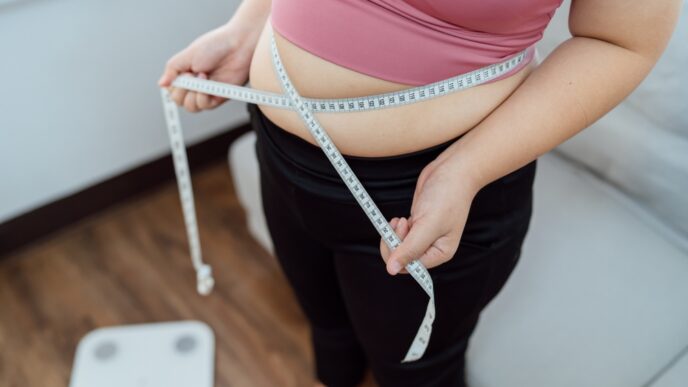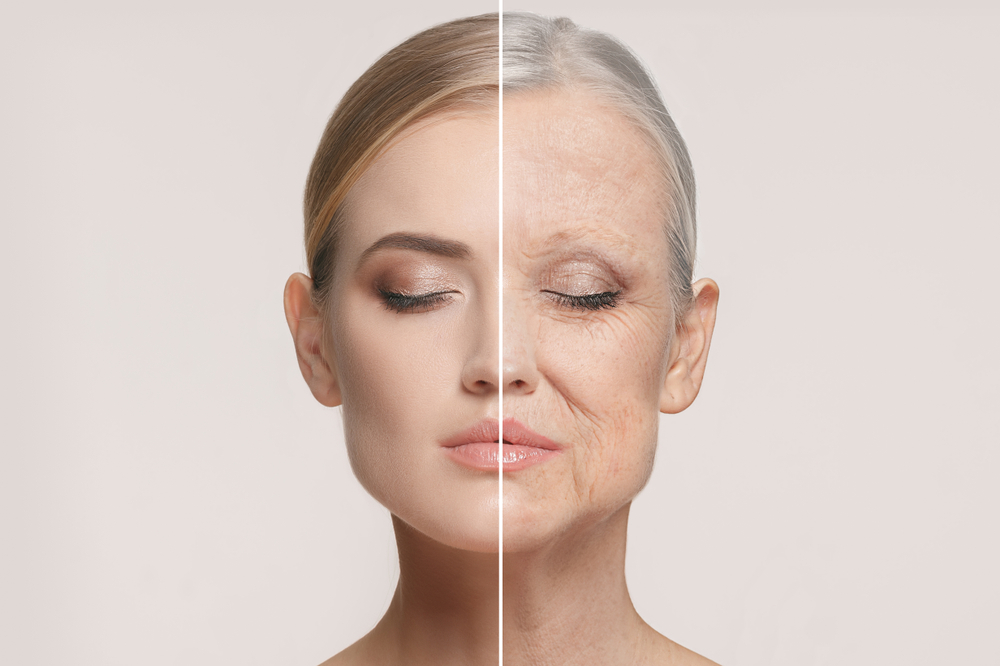Goodbye, Acne Scars!
April 28, 2022 Return
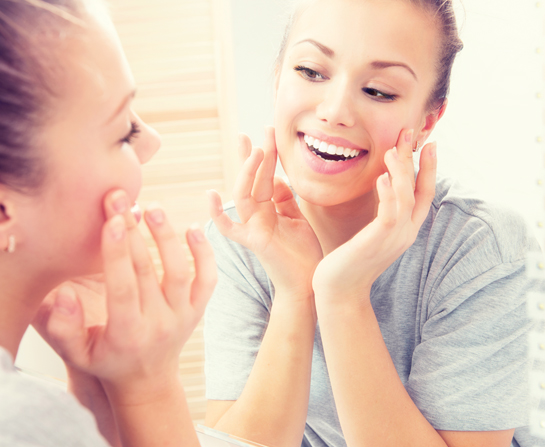
Dr Lim Ing Kien Aesthetic & Skin Doctor
Acne, jerawat, cheng chun tao, blemish, pimples – many cultures have their own name for one common problem. Acne can be treated but what happens after acne disappears? Sometimes, scars are left behind, much to one’s dismay
Aesthetic and Skin Doctor Dr Lim Ing Kien says that 2 things happen after acne: redness (probably due to inflammation) and scarring. Redness usually disappears after about 48 weeks but scars will remain.
“Post acne scar prevalence is 59%, which means more than half of those with acne will get some form of acne scarring. A 2014 study showed that 6-in-10 Malaysians with acne will scar. So, in a population of about 30 million in Malaysia, that’s 15 million people! This condition should not be taken lightly,” says Dr Lim.
Why do scars form?
There is open skin damage when acne is formed, due to inflammation and bacterial infection. Treatment can clear up the acne but one may end up with deep gaping holes in the skin.
Now, the nice firm and elastic layer of the skin is made of type 1 collagen, which takes years to build up. When the skin is injured due to acne, the body acts to plug the hole as fast as possible by produces type 2 collagen. This process can take place within days.
“Type 2 collagen is weaker than type 1 collagen and is less dense. So, what happens is that after the hole is plugged, there will be a depression in the affected scar area. In some people, collagen is produced at a faster rate, resulting in a raised scar,” says Dr Lim.
There are 4 main types of scars: ice pick, boxcar, rolling and hypertrophic. If the acne was small but deep, it will leave an ice pick scar. Larger and deeper acne leave boxcar scars, while large and shallow acnes tend to leave rolling scars. If too much scar tissue is formed, , the result is a hypertrophic scar.
What can you do to prevent or treat scars?
Firstly, acknowledge that you have a problem with acne. Then, see your doctor or pharmacist to get appropriate treatment. Ensure that you follow through with the treatment until you are completely free of acne.
While undergoing treatment for acne, you can use a post-acne scar product to prevent or treat scars. “When you have acne, act quick so you have less scars,” says Dr Lim.
These products, which typically contain allantoin, vitamin E, aloe vera, pionin and/or Allium cepa, help to prevent and treat acne scars. Allantoin moisturises and exfoliates the skin while promoting wound healing. Vitamin E promotes normal cell healing. Aloe vera also moisturizes and promotes normal cell healing. These ingredients prevent the formation of type 2 collagen and also encourage your body to produce type 1 collagen. Pionin has antibacterial properties and can kill any remaining bacteria in the skin. Allium cepa reduces the redness of scars.
If post acne scar products do not show results after 4 to 8 weeks, you should visit a dermatologist. Dermatologists can treat your scars using various treatments such as chemical peels, microdermabrasion, dermarollers/ dermapens, laser and surgery, says Dr Lim.
References: 1. Muthupalaniappen L., et al. (2014). Acne prevalence, severity and risk factors among medical students in Malaysia. Clinical Therapeutics 165(4): 187-92.
If you like this article, do subscribe here.

